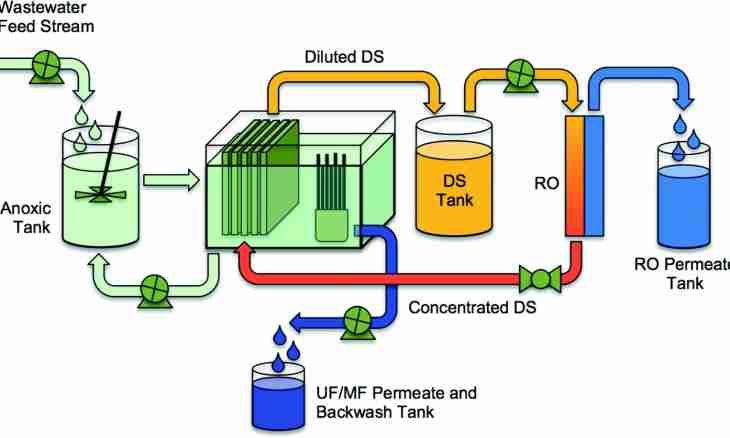Reaction of neutralization is known both in chemistry, and in medicine. In medicine such reaction is divided into reaction of neutralization of viruses and reaction of neutralization of toxins. In chemistry the reaction of neutralization is impact on acids.
In the nature there are several studied types of reaction of neutralization. Reaction implies clearing of the centers (microbes, acids and toxins).
Reaction of neutralization in medicine
In medicine the reaction of neutralization is used in microbiology. It is based that some connections are capable to connect causative agents of various diseases, or their metabolisms. As a result microorganisms lose an opportunity to use the biological properties. Here it is possible to refer reactions of braking of viruses.
Neutralization of toxins happens by the similar principle. As the main component use various antitoxins which block effect of toxins, without allowing to show them the properties.
Reaction of neutralization in inorganic chemistry
Neutralization reactions - one of fundamentals of inorganic chemistry. Neutralization belongs to exchange reaction type. At the exit of reaction salt and water turns out. For reaction use acids and the bases. Reactions of neutralization are reversible and irreversible.
Irreversible reactions
The reversibility of reaction depends on extent of dissociation of components. If two strong connections are used, then reaction of neutralization will not be able to return to initial substances. It can be seen, for example, at reaction of potassium hydroxide with nitric acid: The GAME + HNO3 are KNO3 + H2O; Reaction of neutralization in a specific case turns into salt hydrolysis reaction. In an ionic look the reaction looks so: N (+) + OH (-)> H2O; From here it is possible to draw a conclusion that at reaction of strong acid with the strong basis of reversibility cannot be.
Reversible reactions
If reaction happens between the weak basis and strong acid, or weak acid and the strong basis, or between weak acid and the weak basis, then this process is reversible. The reversibility results from shift to the right in the system of balance. The reversibility of reaction can be seen when using as initial substances, for example, of acetic or hydrocianic acid and also ammonia. Examples: - Weak acid and strong basis: HCN+KOH=KCN+H2O; In an ionic look: HCN+OH (-) =CN (-) + H2O. - Weak basis and strong acid: HCl+NH3-H2O=Nh4Cl+H2O; In an ionic look: H (+) + NH3-H2O=NH4 (+) + H2O. - Weak salt and weak basis: CH3COOH+NH3-H2O=CH3COONH4+H2O; In an ionic look: CH3COOH+NH3-H2O=CH3COO (-) + NH4 (+) + H2O.

